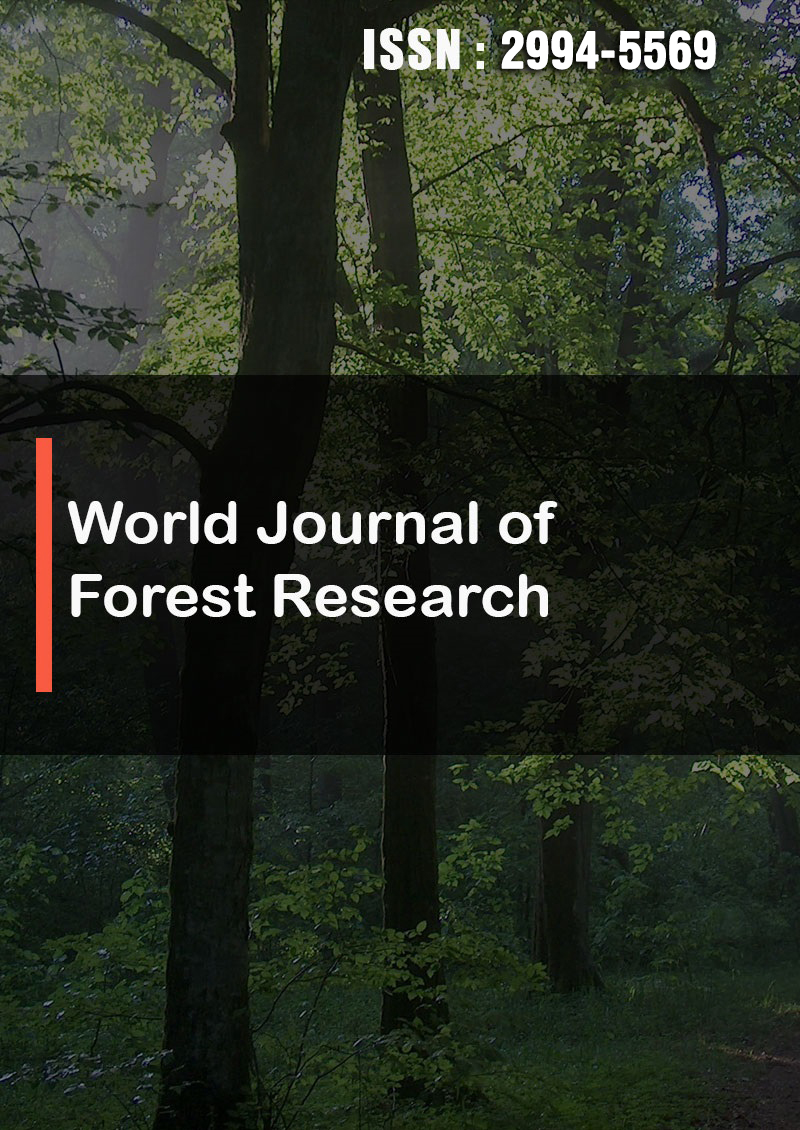The Effect of Atmospheric Parameters and Climate Changes on the NDYI Index in the Hyrcanian Forests
Abstract
Farid Rahimi
The increase in the production and entry of greenhouse gases into the earth’s atmosphere has disturbed the balance of the environment. The signs of climate change (caused by global warming) are clearly visible and its effects are tangi- ble. According to the United Nations, if the current trend continues, the global average temperature will increase by 3.2°C by the end of the century, which will have terrible consequences if it happens. This research aimed to investigate the effects of greenhouse gases and climate changes resulting from them on Hyrcanian forests. The Hyrcanian forests, as one of the oldest forest areas (remaining from the Paleogene era), were studied by telemetry from 2013 to 2021. The analysis of the images taken from the Landsat 8 satellite showed that during 9 years, the NDVI index decreased by 0.6 units and the average air temperature increased by 0.5°C. Although the average relative humidity has only increased by 2%, the average annual rainfall has recorded an increase of 25mm. The analysis of the statistics showed that the rains occur irregularly and are often torrential. Therefore, it is predicted that as the average temperature continues to increase, the NDVI index will further decrease, and as a result, the forest cover will become weaker and the soil will lose more water absorption power, and due to the increase in average rainfall. Successive floods will occur. Therefore, soil erosion increases and the extinction and migration of plant and animal species increase significantly.




